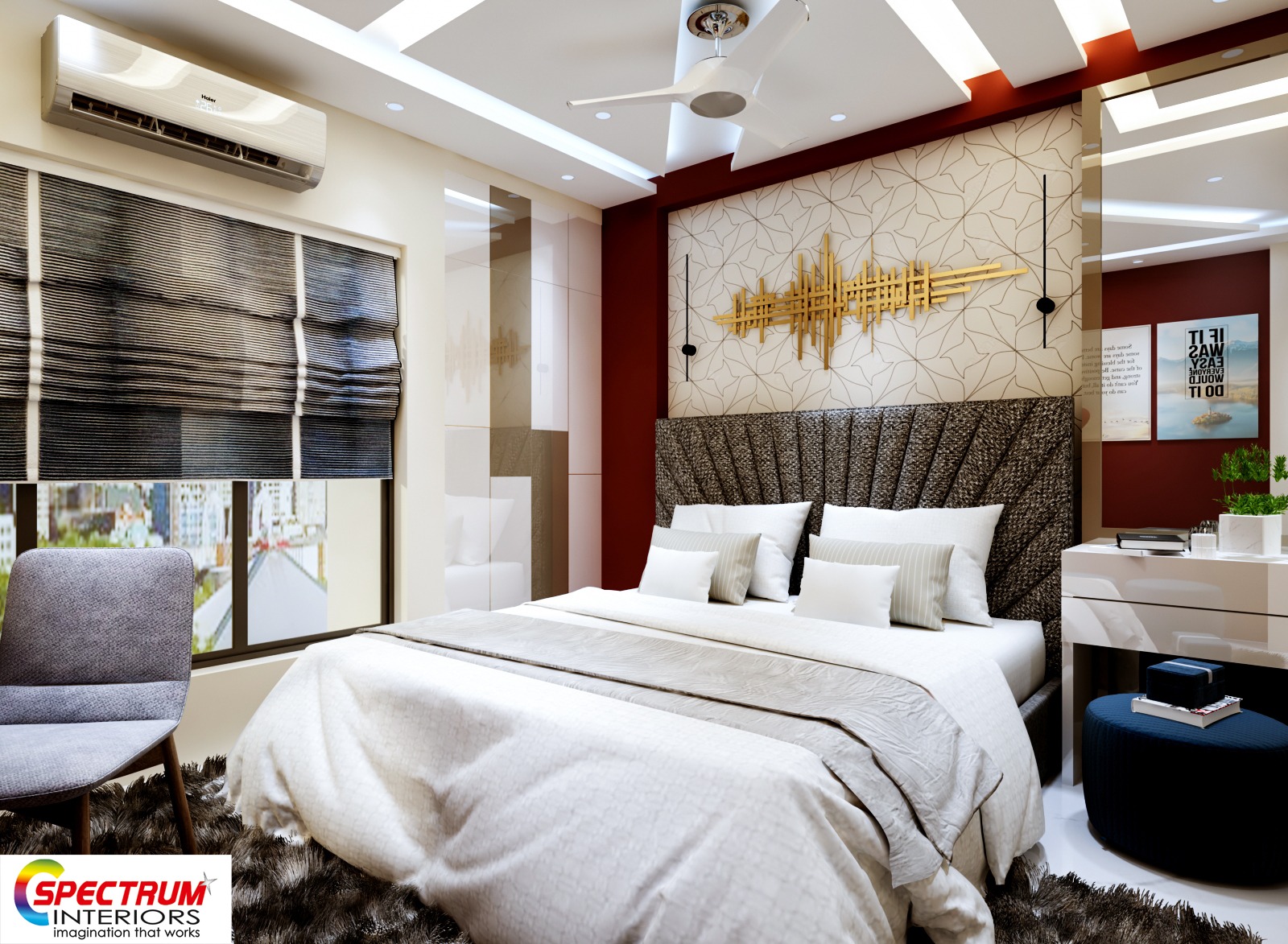Transform your space with miami luxury interior design that blends elegance and innovation.
Transform your space with miami luxury interior design that blends elegance and innovation.
Blog Article
Change Your Home With Crucial Principles of Interior Design and Aesthetic Appeals
By recognizing the impact of color theory and the value of structure and patterns, one can create rooms that are not just visually enticing however also deeply individual. Accomplishing this balance entails more than mere decoration; it includes a critical arrangement and a keen understanding of how each component engages within an area.
Comprehending Shade Concept
Recognizing the concepts of color concept enables developers to produce areas that resonate emotionally with passengers while satisfying functional requirements. Each group plays a vital function in establishing harmony within a room.
The emotional effect of colors is profound; cozy hues such as reds and oranges evoke energy and heat, while amazing tones like blues and environment-friendlies promote calmness and harmony. Additionally, making use of complementary colors boosts visual passion, creating striking contrasts that can raise an area's appeal.
Neutral shades, on the other hand, offer as a flexible background, allowing various other style aspects to shine. It is necessary to consider aspects such as illumination and the room's function when choosing a shade scheme, as these can modify the understanding of shades throughout the day.
Ultimately, a well-considered color design can change a space, fostering a feeling of comfort and style that straightens with the occupants' preferences. Mastery of shade theory is, as a result, a vital ability for any indoor designer intending to develop unified and inviting environments.
Attaining Equilibrium in Layout
Exactly how can developers attain a sense of balance in their rooms? Achieving equilibrium in layout is essential to creating unified insides.
Unbalanced balance, on the various other hand, counts on differing aspects that still achieve a cohesive look. This method enables more dynamic and informal setups, providing passion while maintaining stability. By very carefully selecting differing sizes, shades, and textures, designers can develop a visually compelling area that feels well balanced yet energetic.
Radial equilibrium stresses a central centerpiece with elements radiating external. This design is commonly seen in round formats, where furnishings and style develop a cohesive border that attracts the eye internal.
Eventually, accomplishing equilibrium calls for thoughtful factor to consider of scale, proportion, and the partnerships between elements. luxury interior design. By masterfully applying these equilibrium concepts, designers can transform spaces right into atmospheres that really feel both cosmetically pleasing and functionally unified, boosting the general experience for passengers
Significance of Spatial Recognition

An eager sense of spatial awareness permits developers to identify prime focus within a space, leading the audience's interest to crucial attributes while maintaining a general sense of unity. It likewise assists in the tactical positioning of illumination, which can significantly influence the assumption of room and state of mind. Understanding spatial relationships makes it possible for the designer to cater to the details needs of citizens, making certain that each location serves its intended function without jeopardizing looks.
Inevitably, spatial understanding is critical for taking full advantage of the potential of any interior space. By very carefully considering the interplay in between dimensions, layout, and feature, developers can create environments that not only fulfill practical needs but likewise stimulate a feeling of convenience and beauty, boosting the general living experience.
Including Appearance and Patterns
Welcoming a diverse array visit the site of structures and patterns can considerably boost the visual and responsive allure of an interior space. The tactical use different materials-- such as timber, steel, fabric, and stone-- produces depth and interest, making a space really feel extra welcoming and dynamic. Integrating smooth surface areas with rough structures can develop an equilibrium that attracts the eye and engages the detects.
When integrating patterns, take into consideration both range and rep. Huge patterns can function as focal factors, while smaller sized, subtle designs can enhance various other components without overwhelming the room. Layering patterns, see this here such as pairing floral cushions with striped throws, includes intricacy and a sense of harmony if performed thoughtfully.
It is additionally vital to keep a natural shade scheme, making sure that appearances and patterns interact instead of contend for attention. By choosing a few crucial textures and patterns, you can develop an unified aesthetic that reflects your individual design while improving the total atmosphere of the room. Eventually, the mindful unification of these elements can change a mundane room right into an advanced atmosphere rich with character and heat.
Customizing Your Room
Producing a room that shows your personality is vital to attaining a truly inviting environment. Customization in indoor design allows you to infuse your unique design and interests into your home, transforming it from a mere shelter into a haven that talks with that you are. Begin by choosing a color scheme that resonates with your feelings-- vibrant tones can energize, while soft tones use serenity.
Integrate artwork and design that show your interests, whether it be traveling, nature, or abstract principles. Presenting individual collections, such as books, photos, or mementos, can stimulate cherished memories and create centerpieces within a room. Furthermore, take into consideration personalizing practical items, like upholstered furnishings, to line up with your visual choices.

Verdict
To conclude, the transformation of a home through the necessary principles of interior decoration and appearance necessitates a thorough understanding of color concept, balance, spatial understanding, structure, and customization. Each aspect contributes substantially to producing a harmonious and useful living setting - Architecture Firm. By attentively integrating these principles, individuals can enhance the visual allure and psychological vibration of their spaces, inevitably promoting a home that shows distinct identifications while offering convenience and practicality
Report this page